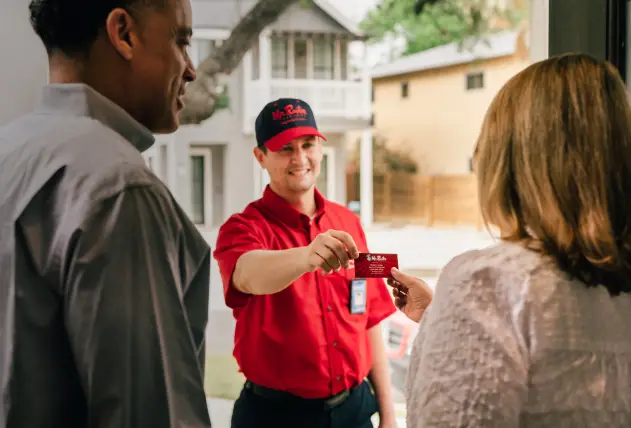We'll explore some of the common causes of toilet overflow and provide you with some helpful troubleshooting tips to try and resolve the issue.
Learn moreOur Blog
Shared Resources for Your Home Needs
All Blogs
When you discover that puddle of water under your sink, it can come as a big surprise. Some of your cleaning supplies are wet, and you don't really know how or why.
Learn moreIf you've got water dripping from your ceiling, you have a serious problem. Water damage can quickly cause problems, not only for your drywall but also for the structural integrity of your home.
Learn moreMaintaining your water heater is crucial in enhancing its longevity and energy efficiency. Some water heaters last well beyond their suggested lifetime when it is taken care of.
Learn moreBlog Categories
Let Us Call You
Blog Categories
About Mr Rooter

Since the original Mr. Rooter was founded in 1970, the company has remained committed to a set of core values that are rooted in performing quality work at honest prices. Nearly half a century later, the original Mr. Rooter business is still servicing homes and businesses in North America. We are still independently owned and operated, with strong ties to the community that made it all possible.